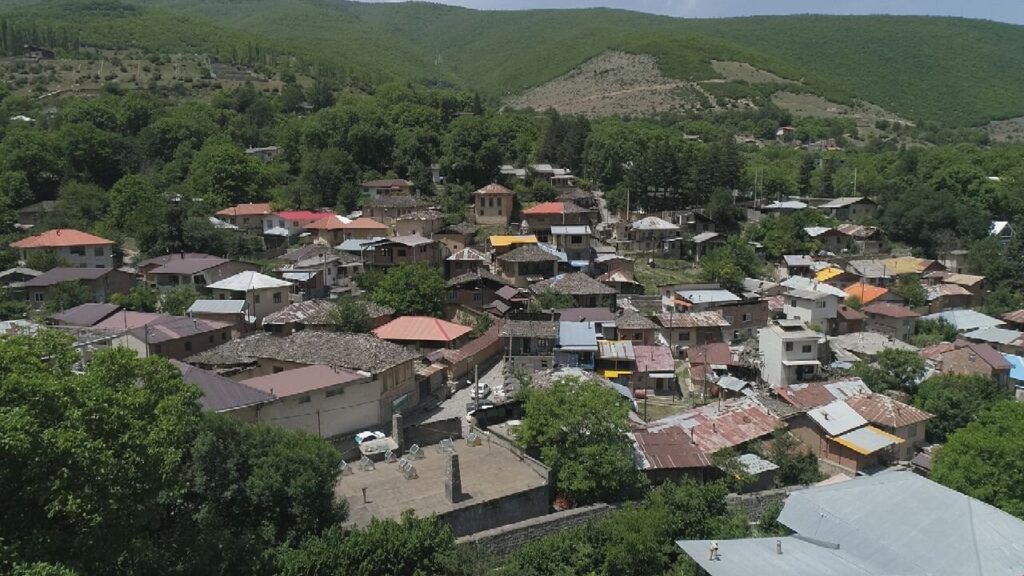Tehran – Surrounded by the breathtaking province of Mazandaran in northern Iran, Candelos village is a testament to the country’s rich cultural heritage and natural beauty.
The picturesque village known as “The Lost Paradise” offers visitors a unique blend of historical significance, cultural depth and ecological wonders.
A village rooted in history
Candelos is one of Iran’s oldest settlements, with traces of civilization dating back to the Islamic period. During the Qajar dynasty, the village was recognized and Shah Qajar of Nasser al-Din reportedly passed through and praised the craftsmanship of local metalworkers.
Village architectural charm – the character of the wooden frame windows, gable rooftops and winding stone alleys reflect its deep heritage. Unlike many modernized settlements, Candelos preserved its historic texture, allowing visitors to experience firsthand the elegance of Iranian countryside.
Natural beauty and medicinal plant farm
Beyond historical significance, Candelos is famous for its medicinal plant farms that grow over 250 species of rare and precious herbs. The village has become a hub for traditional Chinese herbal medicines, maintaining the knowledge of Iranian healers while promoting sustainable agricultural practices.
The wonders of cooking and art
Visitors can enjoy traditional Iranian cuisine in the traditional restaurant. The local handicraft market is another highlight of the village, featuring Jazim textiles, felt clothing, socks, gloves and flower wool blouses.
The Foresight Behind the Candelos Museum
One of the most crucial aspects of Kandelous is the Anthropology Museum, a pioneering institution founded by Dr. Alyasghar Jahangiri. Originally from Candelos, Jahangiri devoted her life to preserving the village’s history and introducing its cultural treasures. After completing his doctoral studies in the United States, he returned to his childhood home on mission. He established a museum that preserves the heritage of Iranian countryside and educates future generations.

Under his leadership, the Candelos Anthropology Museum was established between 1981 and 1988, becoming the world’s first rural museum. Living with over 8,000 artifacts, including pottery, manuscripts, agricultural tools and ancient artwork, the museum serves as a bridge between Iran’s past and present. Jahangiri’s efforts have expanded beyond historic preservation. He also played an important role in documenting and promoting the heritage of Iranian medicinal plants, leading to the creation of a museum dedicated to medicinal plants.
Tourist heaven
Kandelous offers comfortable accommodations such as suites, villas and guesthouses, allowing visitors to fully experience the peaceful environment. The village also has an open park and pavilion, offering quiet spaces for relaxation and seasonal festivals.

Global awareness and future aspirations
Kandelous has attracted international attention, has appeared in foreign media and has attracted more tourists. In 2023, it was nominated for eight villages in Iran for its Global Village title by United Nations Tourism, previously known as the World Tourism Organization (UNWTO). Additionally, efforts are underway to acquire the village’s UNESCO label in the future.
morning

